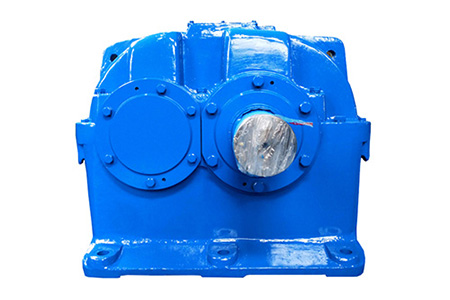Views: 0 Author: Site Editor Publish Time: 2013-09-17 Origin: Site

A regular, once per tooth, it is often very strong. The resulting vibration not only causes a large load on the gear, but also causes noise. Another disadvantage is that sometimes the additional strength obtained by the engagement of two pairs of teeth during the contact time cannot be used because the stress is limited by the condition of the single tooth engagement during the cycle. The helical gear can be regarded as a cylindrical gear made of a group of thin gears with suitable teeth. In this way, the contact of each piece is at a different part of the tooth profile, which has the effect of compensating the error of each thin gear. This compensation effect is due to the wheel The elasticity of the teeth is very effective, so the result is that the gear teeth with an error within 10mm can average the error, so under load, it can run as smoothly as a gear with an error within 1mm. Because at any instant, about half of the time (assuming the coincidence is about 1.5) there will be two teeth meshing, which brings additional benefits in terms of strength. Therefore, the stress can be established on the basis of 1.5 times the tooth width instead of a tooth width. It is difficult and uneconomical to manufacture and assemble a large number of thin spur gears, so they are manufactured as a whole gear with the teeth along the spiral direction. Helical gears are not like spur gears in that they cause undesirable axial forces. But the advantages in terms of vibration and strength far outweigh the disadvantages caused by axial thrust and slightly increased manufacturing costs. Therefore, helical gears are used instead of spur gears in the manufacturing of reducers. For example, four series: R series coaxial helical gear reducer, K series spiral bevel gear reducer, S series helical gear worm gear reducer, F series parallel shaft Helical gear reducer Note 1: What is a spur gear: A spur gear is a gear whose teeth are parallel to the shaft. We only discuss the theory of parallel shaft gear transmission. Therefore, any cross section perpendicular to the two gear shafts is exactly the same.


